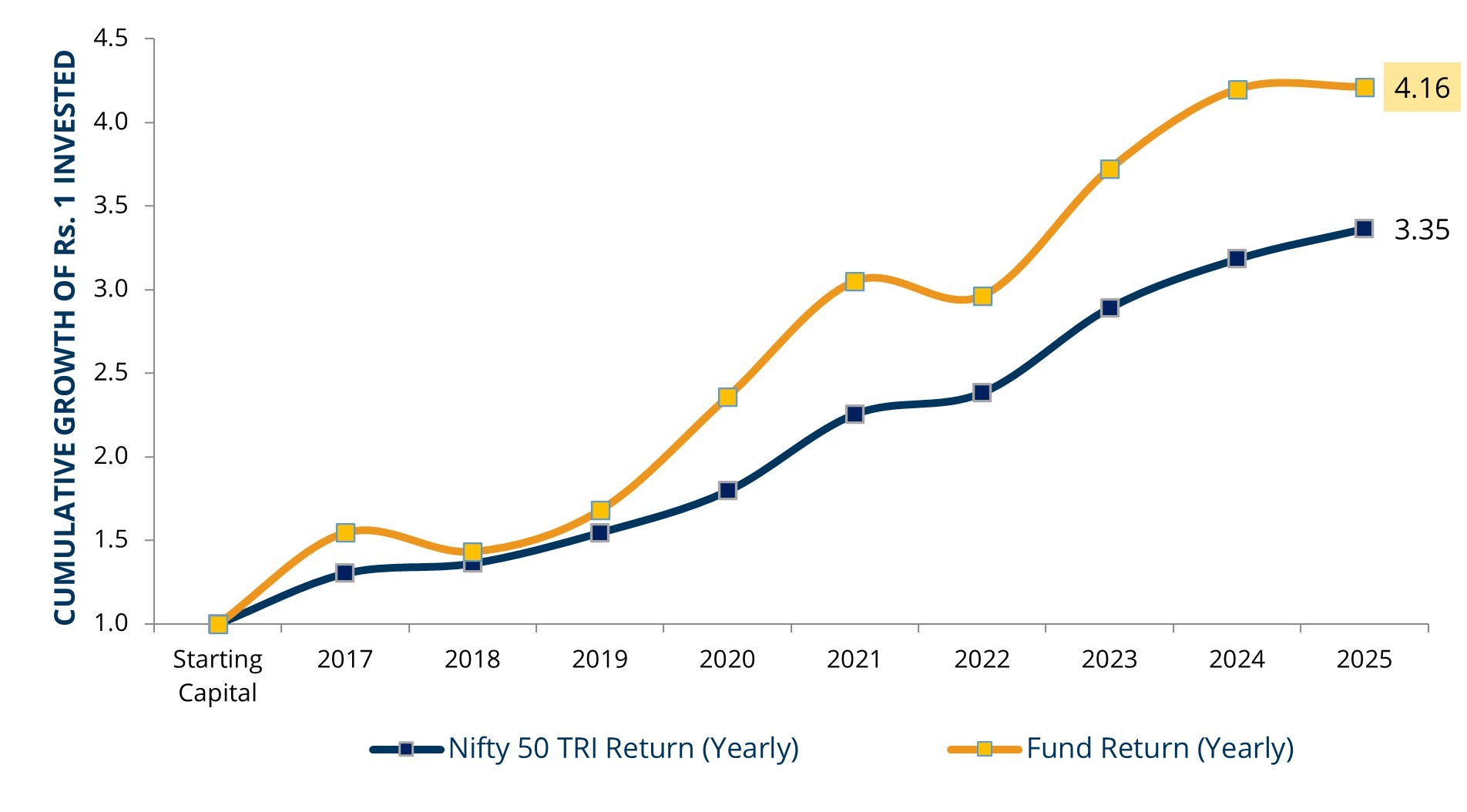
We are growth investors who are prudent about the price we pay to own businesses.
We look for companies who are growing their Free Cash generated from the Operations
We value each business in our portfolio through a DCF model which helps us establish the intrinsic value of the investment we study.
Any investment in our portfolio is an investment in the people / management who run the business. Its extremely important for us to get comfortable around their capital allocation and corporate governance practices before we decide to allocate capital to them.
Top-down (global & thematic) and fundamental research driven bottom-up approach